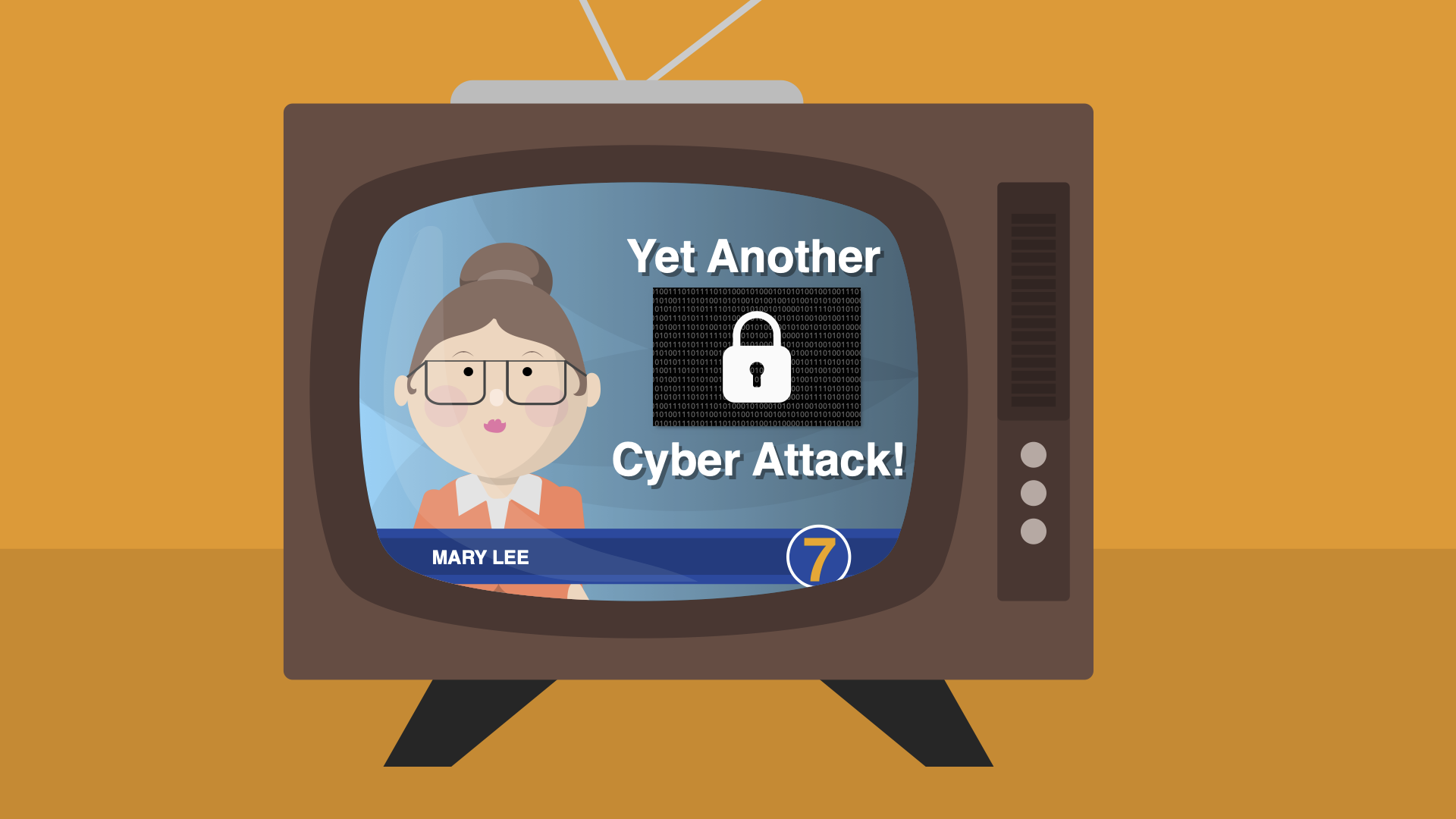







Trigger events are the leading cause for implementing a security awareness training program. After all, most organizations don’t just volunteer to spend money until they experience some type of problem. Security investments are hard to communicate and building a case becomes even more difficult without a trigger event.

A trigger event is a situation impactful enough to cause a reacting event or encourage a behavior change. Most of these negative events lead to positive results — or at least eventually do.
Think of a trigger event you have faced in your life. Have you hated your job so much that you decided to make a career change? Gotten into a car wreck and become a safer and more cautious driver? Been bitten by a radioactive spider and gained superpowers? These are all trigger events that caused a dramatic shift or change in our lives.
Whether you realize it or not, implementing a cyber security awareness training program in an organization is no different. It is almost always triggered by an event and I’ll give you a hint, it’s not because the organization wants to be more secure.
We wanted to get to the bottom of why people start investing in cyber security awareness training. The co-founder of Curricula, Nick Santora (CISA, CISSP) started this survey on LinkedIn.
Based on the survey results, 93% of the responses showed that their security awareness journey originated from a trigger event. Let’s break down the trigger events that are most likely to influence organizations decision to become more secure:
Usually, things have to escalate to one of these trigger events in order to get management buy-in, find budget, and help employees understand the importance of security awareness.
Each trigger event gets measured by its pain points, in how it will be solved, and to what degree. Think of an arm injury. When this injury happens you try to wait for it to fix itself and avoid the doctors. Time passes and it only gets worse. It’s here where you’ll compare the pain point of your arm’s discomfort versus the consequences that might come from a doctor’s visit. If you settle for a homemade sling when you really need surgery, you’ll end up facing more issues in the long term.
This is the same for a cyber security trigger event. Settling on an instant security awareness training solution without processing the long-term consequences can do more harm than good.
However, since we know a trigger event isn’t always the best decision-maker, we’ve developed a list of three (3) common mistakes to avoid:
Quickly finding a half-hearted solution will simply be putting a bandaid on a bigger problem. In the long term, it will save you time, money and avoid confusion for your employees by investing in an effective security awareness program from the start that suits your organization’s needs — not just the trigger event.

The best solution is to be proactive rather than reactive and invest in security awareness training before a trigger event happens. Ideally, you don’t break your arm then invest in insurance or start locking your house only after it’s been broken into. Same with cyber security, you don’t want to wait for a huge breach only to realize what you could have done to protect yourself.
However, realistically we know that won’t always be an option. In the case of cyber security triggered events, the key is developing a good security awareness program that focuses on the outcome rather than just the output. This means thinking about how the security awareness training outcomes will prevent another trigger event and solve the bigger problem. We can help you brainstorm some of the good vs. bad outcomes:
Bad outcomes:
Good outcomes:
While we will always encourage your organization to proactive and figure out what will make a difference before you need it. If a trigger event does happen we say embrace it, understand your mistake and figure out what’s the best way to fix it.
Get insider access to Huntress tradecraft, killer events, and the freshest blog updates.
